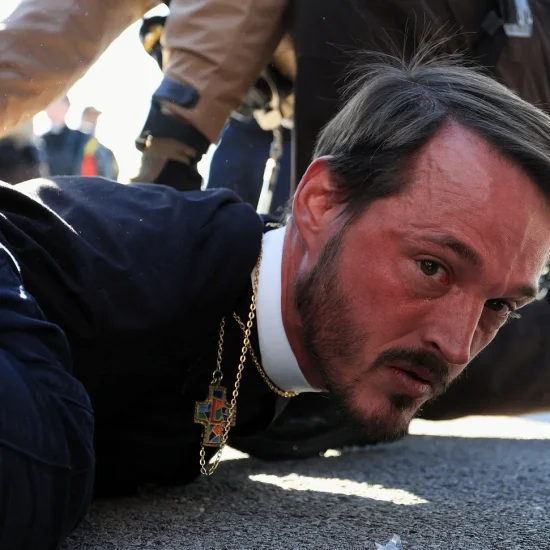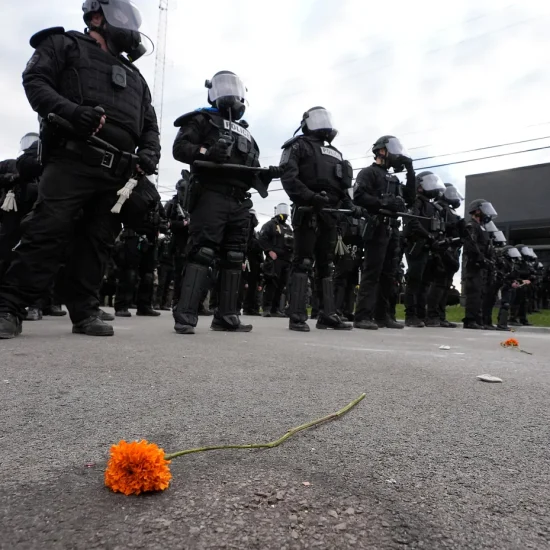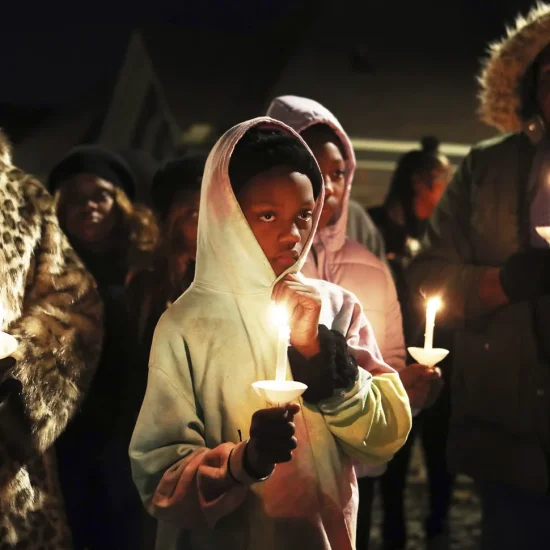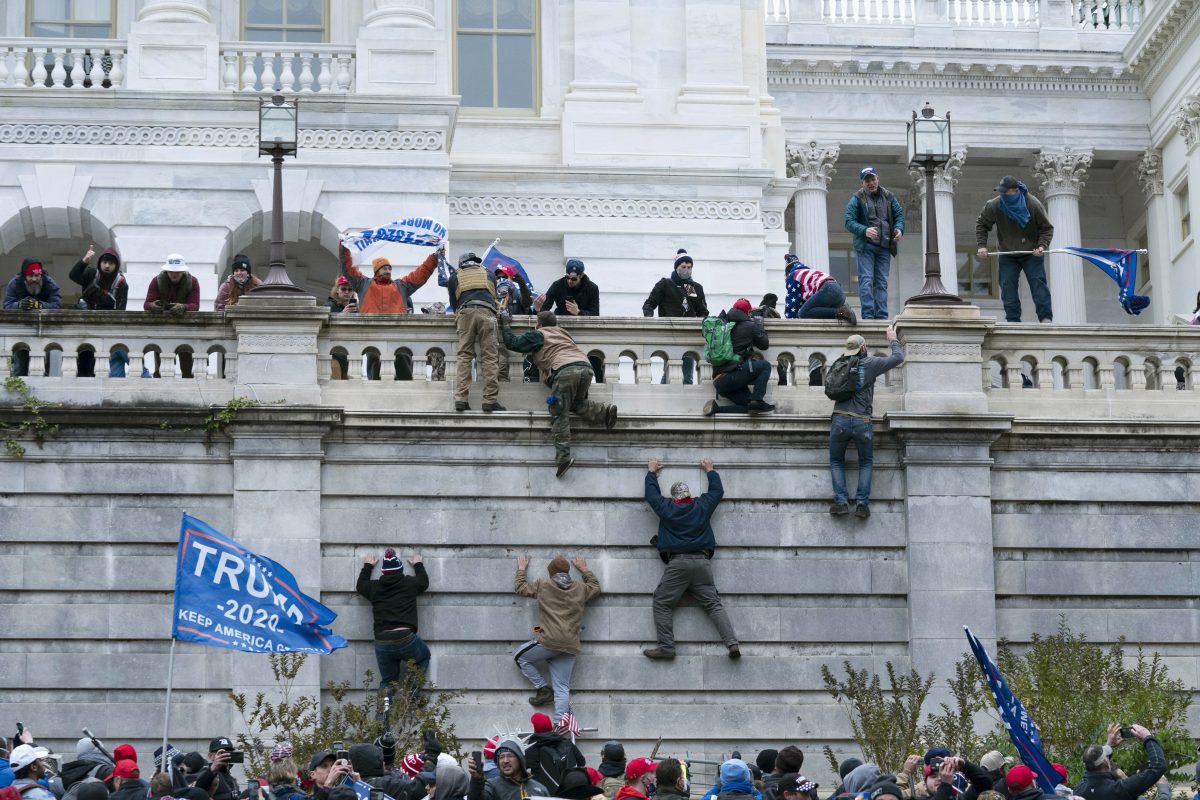
“In those days Caesar Augustus issued a decree that a census should be taken of the entire Roman world. (This was the first census that took place while Quirinius was governor of Syria.) And everyone went to their own town to register.” (Luke 2:1-3)
The death of Judas doesn’t normally show up in our Christmas stories.
No, not that Judas. The Judas referred to by Gamaliel the Pharisee in Acts 5 as he urged the Sanhedrin not to kill the disciples since the Jesus movement would die if not from God. So, Gamaliel noted the rise and fall of a few would-be messiahs. The second one takes us back to the time we talk about at Christmas: “Judas the Galilean appeared in the days of the census and led a band of people in revolt. He too was killed, and all his followers were scattered.”
The census Gamaliel mentioned is the one by Quirinius that Luke referred to at the start of his birth narrative about Jesus. The timeline of that census doesn’t match the political events mentioned by Matthew, so the Quirinius census might not be exactly related to the birth of Jesus. But it’s in the same time period and area, thus the story of Judas of Galilee gives us insights into the political milieu into which Jesus was born.
Herod Archelaus (a son of King Herod) put down a messianic revolt in 4 B.C. that resulted in the crucifixion of 2,000 insurrectionists. But Emperor Augustus deposed Archelaus ten years later for ongoing governing incompetence. That’s when Quirinius took over the region and conducted the tax census.
Judas of Galilee led the resistance to the government mandate.
He urged Jews not to register. And he and his followers didn’t just hold anti-tax and anti-mandate rallies; they also attacked those who did submit. These theocratic nationalists ultimately failed and Judas was killed. Some of his sons picked up the revolutionary spirit and ended up dying on crosses decades later.
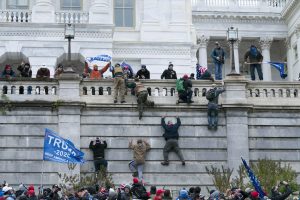
Insurrectionists storm the U.S. Capitol on Jan. 6, 2021. (Jose Luis Magana/Associated Press)
This is the setting for Jesus’s birth that doesn’t usually show up in our nativity sets or church pageants. Jesus grew up hearing stories of Roman oppression and violent insurrections. Perhaps as a boy he even knew some of those crucified. Then he wound up on a cross between two insurrectionists.
But even though Jesus grew up in a region full of Oath Keepers and died between two Proud Boys, he rejected the path of nationalistic violence. The question today is: Which messianic vision will we follow?
Brian Kaylor is president & editor-in-chief of Word&Way.

NOTE: This is part of our Unsettling Advent devotionals running Nov. 28-Dec. 24. You can subscribe for free to receive them each morning in your inbox.



